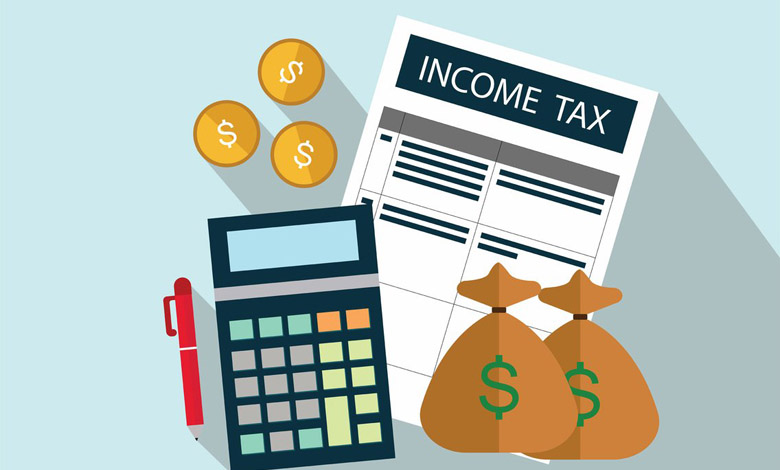The Internal Revenue Service developed the concept of the tax gap as a way to gauge taxpayers’ compliance with their federal tax obligations. The tax gap measures the extent to which taxpayers do not file their tax returns and pay the correct tax on time.
Understanding the tax gap and what its components are allows the legislative and executive branches of government to make better decisions about tax policy and the allocation of resources for tax administration.
Components of the Tax Gap
The tax gap can be divided into three components: non filing, under reporting and underpayment. Non filing occurs when taxpayers who are required to file a return do not do so on time. Under reporting of tax occurs when taxpayers either understate their income or overstate their deductions, exemptions and credits on timely filed returns. Underpayment occurs when taxpayers file their return but fail to remit the amount due by the payment due date.
Of these three components, under reporting of income tax, employment taxes and other taxes represents about 80 percent of the tax gap. The single largest sub-component of under reporting involves individuals understanding their incomes, taking improper deductions, overstating business expenses and erroneously claiming credits. Individual under reporting represents about half of the total tax gap. Individual income tax also accounts for about half of all tax liabilities.
The National Research Program
Previous estimates of the tax gap relied on detailed research that was conducted for tax years 1988 and earlier. To update this research and reflect a changing economy, revisions to the tax code and more subtle shifts in individual behavior, the IRS launched the National Research Program (NRP) in 2001.
The NRP was designed to measure individual taxpayer reporting compliance for tax years 2001. Over the course of the next three years, the IRS randomly selected about 46,000 returns for review and examination. These audits were largely completed by the fall of 2004. To gather statistically valid data, the return selection process for the NRP included an oversampling of high income returns. This enables IRS researchers to draw valid conclusions about important sub-categories of taxpayers.
For instance, slightly more than 6 percent of individual taxpayers filed Schedule C as sole proprietors in 2001. These taxpayers reflect a wide range of economic activity. To draw valid conclusions on Schedule C filers, the NRP examined about 21,000 individuals who filed a Schedule C, slightly less than 46 percent of the total sample.
The current data from the NRP are preliminary, so the results are shown as ranges. As refinements are made to the tax gap analysis, some of these estimates may change. It is unlikely, but possible, that the final estimates of the tax gap will fall outside of the established range.
The tax gap figure does not include taxes that should have been paid on income from the illegal sector of the economy.
Preliminary Findings on the Tax Gap
For Tax Year 2001, all taxpayers paid $1,767 trillion on time, a figure that represents from 83.4 percent to 85 percent of the total amount due. The 2001 tax gap, the difference between taxes owed and taxes paid on time is from $312 billion to $353 billion for all types of taxes.
Overall, the noncompliance rate is from 15 percent to 16.6 percent of the true tax liability. The old estimate, derived from compliance data for Tax Year 1988 and earlier, was 14.9 percent.
Late payments and other IRS enforcement and compliance efforts, including taxpayers audits and collection activities (payment arrangements, liens, levies and other legal actions) recover some of the Tax Gap. For Tax Year 2001, the IRS expects eventually to collect an additional $55 billion of the tax gap, reducing the net amount of the tax gap to between $257 billion and $298 billion.
Among the areas where taxpayer compliance appears to have worsened are:
-Reporting of net income from flow-through entities, such as partnerships and S corporations.
-Reporting of proprietor income and expenses, such as gross receipts, bad debts and vehicle expenses
-Reporting of various types of deductions
Among the areas where compliance seems to have improved is the reporting of farm income.
Overall, compliance is highest where there is third-party reporting and/or withholding. For example, most wages, salaries and tip compensation are reported by employers to the IRS through Form W-2. Preliminary findings from the NRP indicate that less than 1.5 percent of this type of income is misreported on individual returns.
IRS researchers anticipate identifying other specific areas of deterioration and improvements in the coming months as they complete the detailed analysis of the study’s data.
Further Benefits of This Research
More than establishing the overall extent of individual under reporting, the NRP study also offers IRS officials specific insight into the types of income reporting that have the greatest compliance problems. For example, the NRP will not only provide the misreporting rates associated with individual lines of the tax return, but will also be the basis for updating the statistical formulas that assist IRS employees in selecting returns for audit.
When these updated formulas become available for use, IRS employees will be better positioned to select returns for examination that have the greatest likelihood of under reporting Using such an approach better ensures that IRS audits are focused on the returns most in need of examination. This not only improves IRS efficiency, but it also assures taxpayers that others are paying their fair share. It also lessens the likelihood that those with accurate tax returns will receive the same degree of scrutiny.




